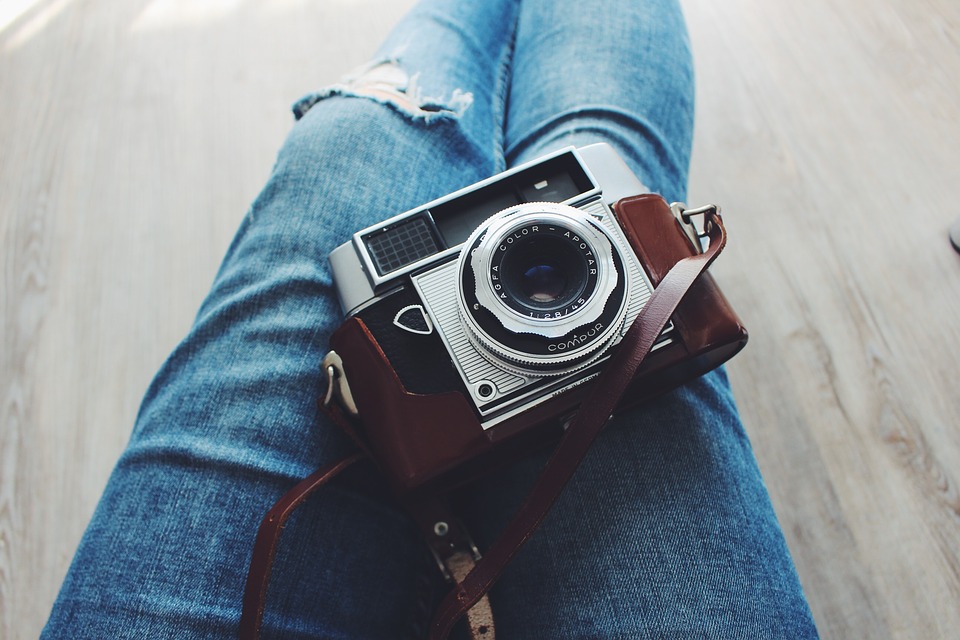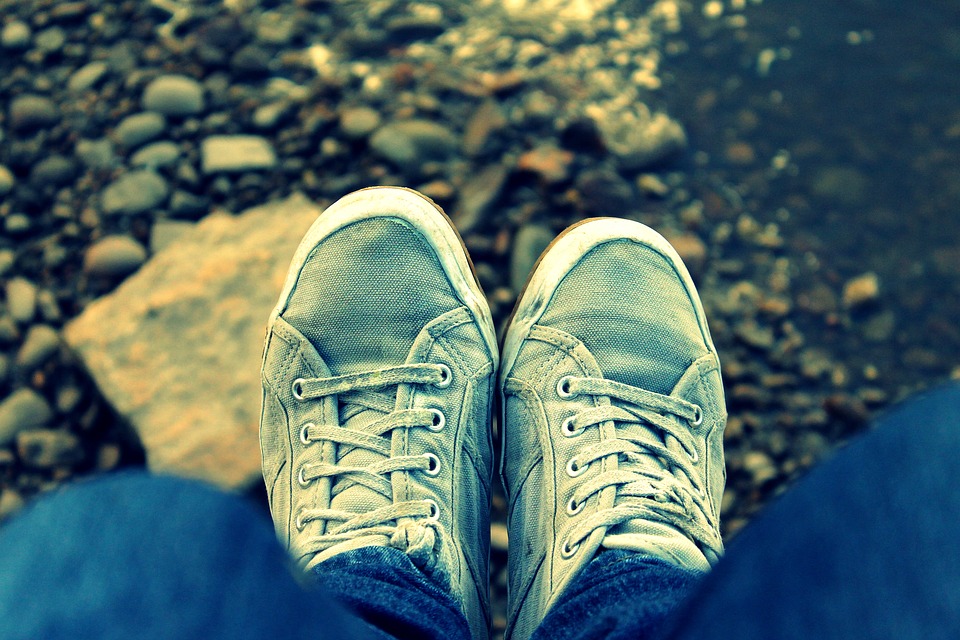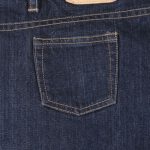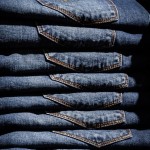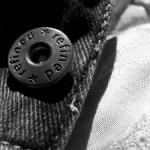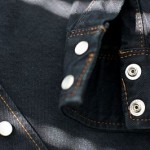Think you know everything there is to know about denim? While most people are familiar with its use in textiles manufacturing, there are other facts that may surprise you. To learn more about denim and how it’s used, keep reading.
Indigo is the Most Common Type of Denim
The single most common type of denim is indigo denim. This type of denim is characterized by its distinct dark colored. To make indigo denim, companies dye the warp thread a dark blue color while leaving the weft thread white. This results in one side of the denim being dark blue, while the opposite side remains white. If you look inside your jeans, you’ll notice the interior is white because of this very reason.
The Word ‘Jeans’ Comes from Italy
Historians have pinpointed the region from which the word “jeans” originate. According to numerous sources, the word “jeans” comes from Italy, or more specifically the Italian city of Genes, where it’s believed that some of the world’s first denim trousers were produced. The term has since been used throughout the world, with most countries referring to this denim trousers using the word.
Gold Rush Prospectors Wore Denim Jeans
Denim jeans gained significant popularity during the Californian Gold Rush. Back then, thousands of people migrated to Southwestern United States in hopes of finding gold. Certain businessmen used this opportunity to sell clothes and prospecting gears to these migrants. Among the clothes sold included denim jeans, which seemed to be the perfect fit for the job. Denim jeans were strong, rugged, durable, and able to withstand the harsh conditions of gold prospecting. This paved the way for the modern-day denim industry, placing jeans in the limelight for everyone to see.
Raw Denim Hasn’t Been Washed
There are numerous types of denim, each of which has its own unique characteristics and properties. One such denim type is raw denim, which lives up to its namesake of having not been washed. Also known as dry denim, raw denim refers to any type of genuine denim material that is not washed after it is dyed. This is in stark contrast to washed denim, which is washed during its production. Some people prefer raw denim because of its unique, worn-in appearance, though others prefer the more conventional look of washed denim.
Denim ‘Honeycomb’ Patterns
When shopping for new jeans or other denim products, you’ll probably notice that many of them feature different patterns. The honeycomb pattern, for instance, featured faded lines, typically placed around or behind the knees. Vintage and distressed jeans often use the honeycomb pattern for enhanced aesthetics. With that said, neither the honeycomb nor any other pattern offers any functional benefits. They are used strictly for looks and aesthetic purposes. Other popular patterns used in the production of denim include whiskers, stacks and train tracks.
You Shouldn’t Wash Jeans After Each Use
Most people automatically assume that it’s best to wash their denim jeans each time after they wear them. After all, this is how we wash most clothes, so conventional wisdom should lead you to believe that denim jeans are no exception. However, most experts advise against such frequent washing. Like most garments, the more you wash jeans, the more it wears down the fabric. So washing them after each use could shorten the lifespan of your jeans. Instead of washing your jeans after each use, consider spot-cleaning them regularly while washing them once every two to three uses. This keeps your jeans looking clean while preserving and protecting them from excessive wear.
Only 3% Spandex is Used in Stretch Denim
Stretch denim jeans have become increasingly popular in recent years. As you may already know, they are characterized by greater elastic properties than traditional non-stretch jeans. To make them, manufacturers include a small amount of Spandex or polyester with the original denim material. However, it only takes a very small amount of Spandex to make stretch jeans. In fact, most stretch jeans feature just 3% Spandex, which is enough to provide 10-15% additional elasticity.
More than Just Jeans
When you think of denim, what’s the first garment that comes to mind? For most people, the answer is jeans. Denim has long been associated with jeans, dating all the way back to the 19th century. Today, though, denim is used to make dozens of other garments and accessories, including jackets, shirts, pants and more. The bottom line is that denim is a versatile material with countless uses. Don’t assume that denim is only used to make jeans. You can reap the benefits of this versatile material by choosing other garments of denim as well.
Sulfur Dyeing
In addition to indigo dyeing, another way in which denim is dyed involves sulfur dyeing. Sulfur dyeing specifically refers to the dyeing of denim to achieve colors such as black, red, pink, purple, grey, mustard and green. It’s a more methodical and time-intensive process when compared to indigo dyeing, which is why some vendors charge more for jeans featuring these colors.
Dry Denim is Made of 100% Cotton
Some people assume that denim is a unique fabric, but it’s actually a manufactured form of cotton. In fact, dry denim typically consists of 100% cotton. This is why it’s both soft and durable. Cotton itself isn’t necessarily strong, but once it’s produced into denim, it yields a superior level of strength and durability, making it the perfect fabric for jeans and other garments.
Denim is One of the Most Popular Textiles
In terms of popularity, few textiles compare to denim. Ever since it was first invented more than a century ago, it’s been the preferred choice among consumers and companies alike. This isn’t a trend that’s likely to go away anytime soon, either.

